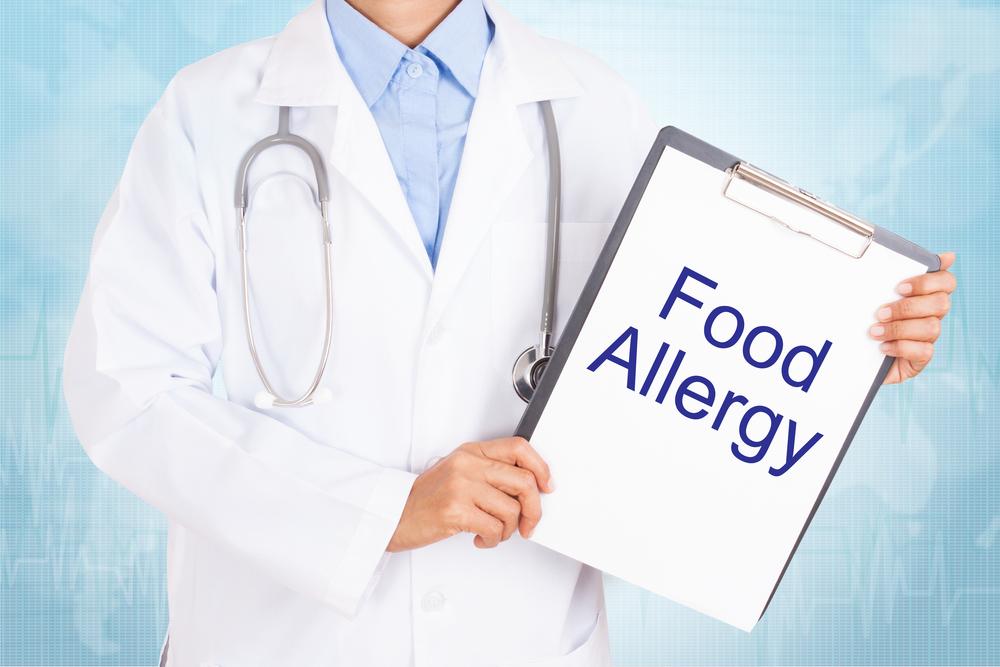
All you need to know about food allergies
A food allergy is a condition where a certain type of food triggers an abnormal immune response in the body. The immune system sometimes recognizes certain proteins in the food as harmful to the body. It then responds to protect the body against the “harmful” protein. The body releases chemicals to protect the system against harm. These chemicals cause reactional allergies. Sometimes the reaction can be life-threatening. Food allergies affect around 5 to 10 percent of children and around 3 to 5 percent of adults.
Children generally outgrow food allergies as they grow older. Some of the symptoms of food allergy are:
- Itching in the mouth
- Swelling of the tongue, mouth, and face
- Hives
- Vomiting
- Diarrhea
- Rashes
- Drop in the blood pressure
In severe cases, a food allergy can cause shortness of breath and become life-threatening. Some of the most common food allergies in children are due to the proteins in:
1. Peanuts
Peanut allergies are common in children and adults. Very often, children outgrow the allergy. Symptoms of allergic reactions can be itchiness, lives, swelling, asthma, vomiting, and diarrhea. For some people, the symptoms may be severe and can lead to cardiac arrest or anaphylaxis if not treated immediately. The best treatment is to avoid peanuts. To check if a baby is allergic, the mother can breastfeed the baby after having peanuts. If any negative reactions occur it means the baby is allergic.
2. Tree nuts
Peanuts and tree nuts are not the same. Peanuts are legumes and not nuts. Around 40% of those allergic to peanuts are allergic to one tree nut at least. To clarify any confusion about the allergy, consult an allergist. Symptoms are similar to peanut allergy. Abdominal pain and cramps may be severe.
3. Eggs
Egg allergy reactions vary from individual to individual. It occurs soon after exposure to eggs. An egg allergy can lead to skin inflammation, nasal congestion, sneezing, digestive cramps, and vomiting. A severe allergic reaction can lead to anaphylaxis.
4. Dairy milk
An allergic reaction can occur soon after a person consumes milk. Signs of an allergy range from mild to severe and can include wheezing, vomiting, and other digestive problems. The best treatment is to avoid milk and milk products.
5. Soy
Soy is a product of soybeans. Soy allergy starts in infancy and can be identified with an allergic reaction to soy-based infant formula. Symptoms of soy allergy range from hives or itching in and around the mouth. Most children outgrow the allergy into adulthood. If you or your child is allergic to soy then avoid all products which contain soy such as meat products, bakery goods, chocolate, and cereals.
6. Wheat
If you are allergic to wheat, eating wheat and sometimes even inhaling wheat flour can cause allergic reactions. Symptoms can develop within minutes or sometimes after hours of eating wheat.
7. Shellfish
Crustaceans like shrimp, lobster, and crab cause the greatest number of allergies. Shellfish allergy usually develops in adulthood but can affect children too. Besides allergic symptoms like vomiting and cramps, breathing difficulties can occur and pulse can drop. Avoid shellfish if allergic.
8. Fish
Fish allergy is less common compared to other food allergies, but it can be life-threatening. This allergy is very dangerous as it can appear quickly, impair breathing, and put the body into a state of shock. This reaction is called anaphylaxis. Avoid fish and fish products and read all food labels very carefully. Treat the symptoms of anaphylaxis with adrenaline.


